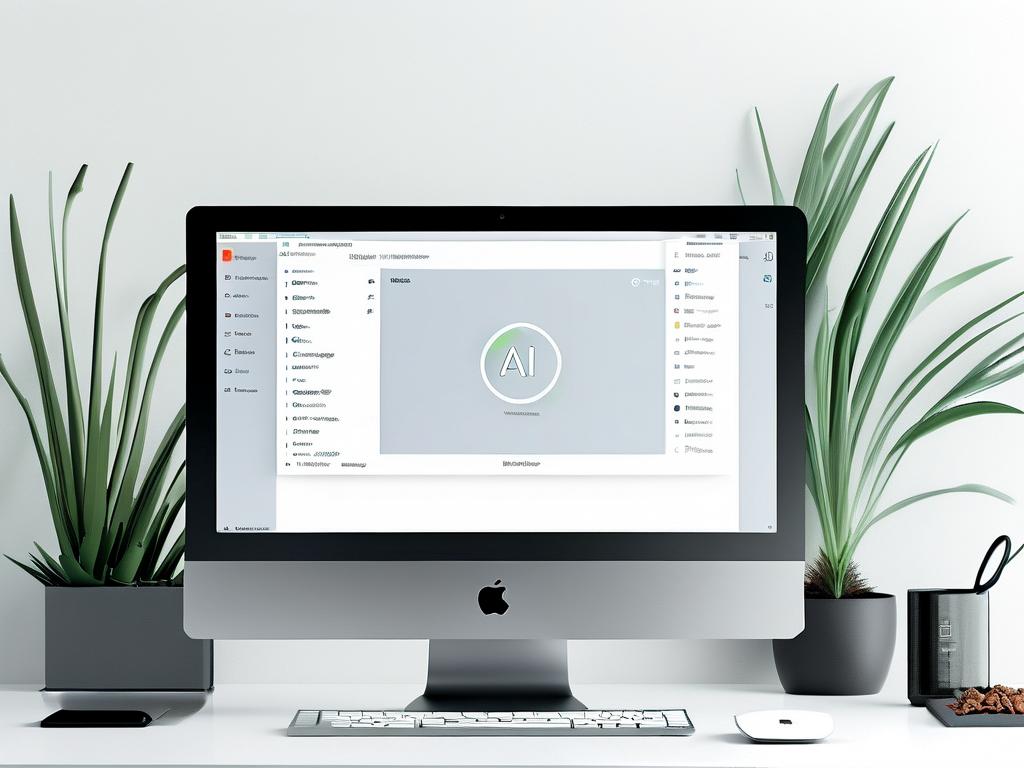In the digital age, managing memory space effectively has become a critical skill, especially for photographers and casual users alike who accumulate thousands of photos. Whether you’re using a smartphone, DSLR, or cloud-based platforms, understanding how to store images without exhausting storage resources requires a blend of strategy and technical know-how. This article explores practical methods to optimize memory usage while maintaining photo quality and accessibility.

One fundamental approach to managing memory is regularly auditing your photo library. Over time, duplicates, blurry shots, or unnecessary screenshots clutter storage. Tools like Google Photos’ “Free Up Space” feature or desktop apps such as Adobe Bridge can help identify redundant files. For advanced users, scripting languages like Python can automate deletion based on metadata (e.g., date or resolution). A sample command to delete duplicates might involve:
import hashlib
def remove_duplicates(directory):
hashes = {}
for filename in os.listdir(directory):
path = os.path.join(directory, filename)
with open(path, 'rb') as f:
file_hash = hashlib.md5(f.read()).hexdigest()
if file_hash in hashes:
os.remove(path)
else:
hashes[file_hash] = path
This script identifies duplicate files via MD5 hashing and removes them, freeing up space systematically.
Another key strategy is leveraging compression formats. High-resolution photos consume significant memory, but formats like WebP or HEIF reduce file sizes by up to 50% compared to JPEGs without noticeable quality loss. Apps like Squoosh or built-in device settings (e.g., iPhone’s “High Efficiency” mode) simplify this process. However, balance is crucial—over-compression can degrade images, making them unsuitable for printing or editing.
Cloud storage solutions such as Google Drive, iCloud, or Amazon Photos offer scalable alternatives to local storage. These platforms often include AI-driven organization tools, like facial recognition or automatic album creation, which streamline photo management. For privacy-conscious users, self-hosted options like Nextcloud provide control over data while still offloading device memory. Remember to enable “original quality” uploads if preserving metadata and resolution is a priority.
Organizing files into a logical folder structure also prevents memory waste. A well-designed hierarchy—such as sorting by year, event, or category—reduces the likelihood of saving multiple versions of the same image. Apps like Adobe Lightroom use catalog systems to reference photos without duplicating them across drives, ideal for professionals managing terabytes of data.
Lastly, hardware upgrades remain a reliable fallback. Expanding storage with external SSDs or high-capacity memory cards ensures physical backups while keeping primary devices uncluttered. For smartphones, using OTG (On-The-Go) adapters to transfer photos to external drives can be a lifesaver during travel.
By combining these techniques—auditing, compression, cloud integration, organization, and hardware expansion—users can sustainably manage their photo libraries. The goal isn’t just to save space but to create a workflow that aligns with personal or professional needs, ensuring memories remain accessible without compromising device performance.









